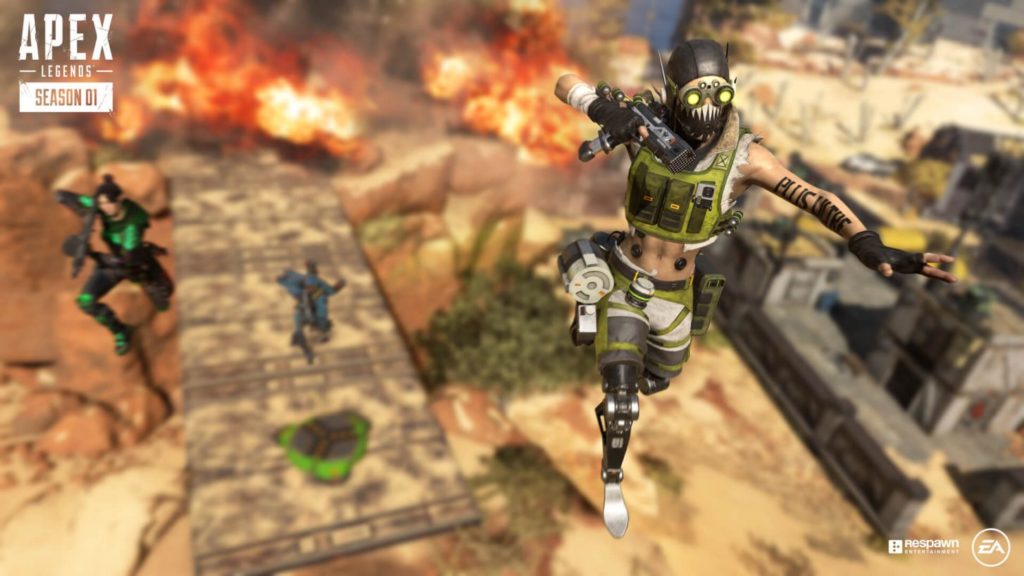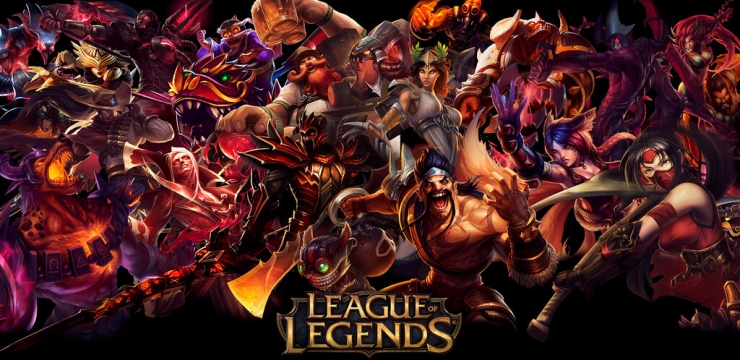As a psychologist who plays video games, one of the most interesting comparisons to make is how typical, amateur players like myself think about a game compared to professionals or streamers. Playing a few hours of a fighting game like Mortal Kombat 11 on my own and then flipping over to a Twitch.tv stream or watching video of tournament play is just mind blowing. Those players have such a complete understanding of the game, its mechanics, every character’s strengths/weaknesses, and things I didn’t even know about.
Psychologists might refer to this as having a complete mental model of the game. Mental models are organized mental structures that let us understand what’s going on around us and to be aware of relationships between things in our environment. This, in turn, lets us make predictions about what’s going to happen next and what we might want to do first. You might have a mental model for how a restaurant operates, for example, or the peer review process in scientific research.

But things get even more impactful when you start thinking about teams of people, each with his or her own mental model of their work. This is because when you add in the task dependencies and cooperation inherent to teams, shared mental models become vastly more valuable. To the extent that these models overlap and are similar, each person on the team will be better equipped to understand what other teammates are capable of doing, what they are going to do in the future, how they will react to things happening in the environment, and who is available or tied up with other actions.
You can see how this can be critical for high level play of team-based games like League of Legends, Apex: Legends, and even team-based games without “Legends” in the title. When a map objective becomes active, where will your tank be? What does it mean when you come across empty ammo crates? How long until your healer’s ultimate ability be ready again? To the extent that your mental model is complete, you know these things, and to the extent that your model overlaps with your teammates’ models, you can coordinate and cooperate more effectively.
One study, for example, had subjects form into teams and play a flight combat simulation that, between you and me, sounds an awful lot like a video game1. There was piloting. And shooting. And dying. Not dying in real life, though; killing research subjects is hardly done any more –thanks, ethics! But it was a simulation of a complex task requiring coordination and teamwork that lasted up to three hours. The researchers also measured the extent to which teammates’ mental models of the task overlapped and indeed they found that those who shared the same task and process mental models did better on the flight simulation and avoided getting shot down.
Another study2 took actual League of Legends players in groups of five and found that tacit communication where players make sense of other members’ activities and change their own behaviors accordingly was important to victory. This is important when working on frantic, fast paced tasks such as a competitive League of Legends match where there is little chance to communicate with written or even spoken words.

If you are a game designer or player looking for chances to develop these shared mental models and thus improve your team’s performance, there are a few things to keep in mind and try. Games that facilitate these kinds of shared mental models are the ones that provide information to players about what others on their team are up to or capable of. Tools like minimaps are one example, as are indications of what teammates are waiting to respawn or have abilities off cooldowns. Also, simply playing as other classes or watching tutorials about them can help understand what other players can do with that class and how they may need your help. Even using death cams to see what an enemy player was doing when she killed you can be useful for building your own mental models.
The ping system in Apex: Legends is also a great example of how to design a game that facilitates sharing of mental models and lets teams communicate without much effort. The system allows players to point their crosshairs at anything in the environment –weapons, other players, even a general part of the landscape– and generate a context-sensitive cue just by clicking a button. Simply knowing that your teammates need armor can prompt you to use this feature on a spare helmet you spot, or knowing that one teammate is particularly good with sniper rifles may lead you to draw her attention to such a weapon when you find it. Without shared mental models, these pings are still useful, but with them they can make a huge difference in who wins the match.
Other than that, debriefing, and watching replays where you can see what others are doing are key. And maybe quitting your job and playing the game 24/7. If you can swing it.


